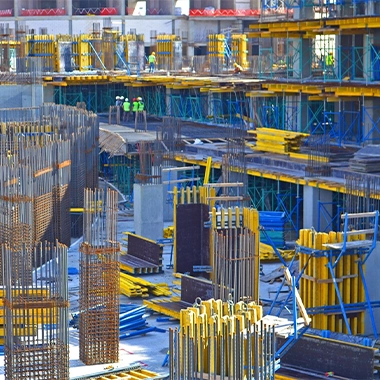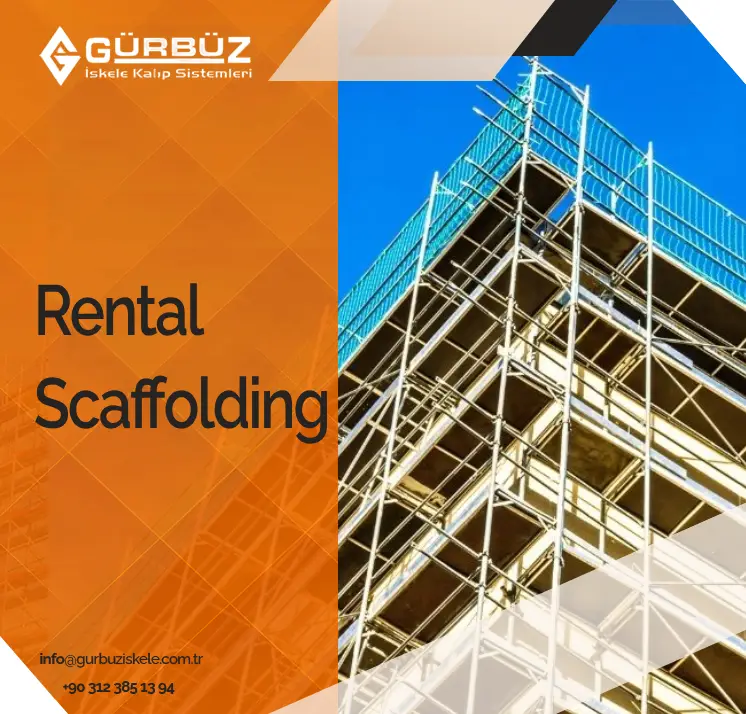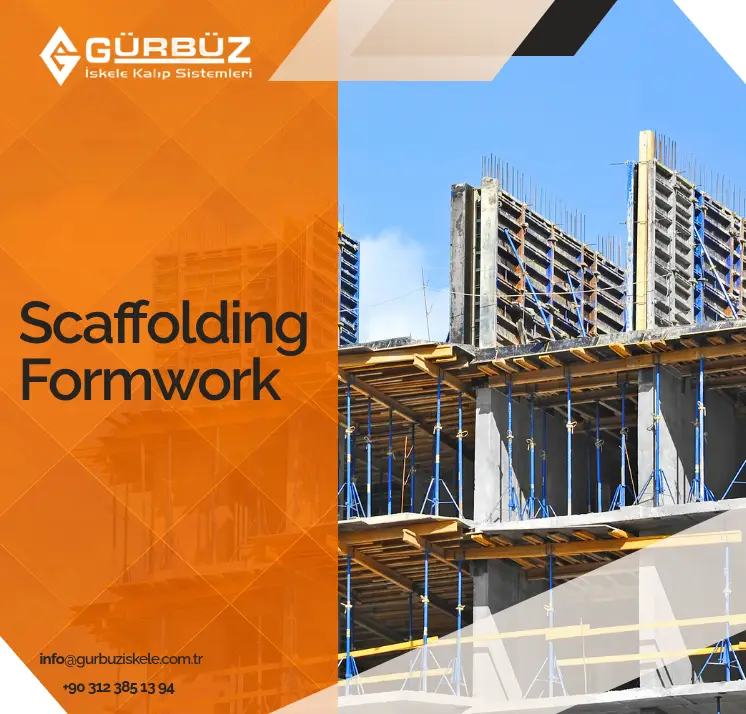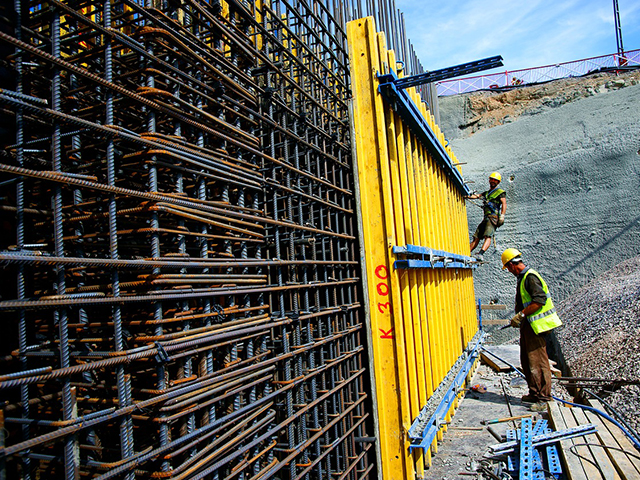Concrete form systems are structural elements used in construction projects to shape and support concrete elements during the pouring and hardening process. These systems serve as molds for concrete and are produced from materials such as wood, steel, aluminum, or plastic. The selection of material to be used in the project depends on the size of the project, the weight of the concrete, and the complexity of the structure.
Concrete form systems directly affect the quality of the concrete pouring process. When properly placed and supported, these molds help the concrete take its intended shape and maintain the stability of the structure. Additionally, reusable formwork systems provide cost advantages and reduce project duration. Thus, material durability and ease of assembly should be considered when selecting a formwork system.
Climbing Formwork Systems
A formwork system is a structure used in high-rise buildings that enables the pouring and shaping of concrete elements.
Climbing formwork systems are movable molds used during the construction process. These molds can be lifted to the next floor once a layer is completed. This system not only speeds up the construction process and reduces labor costs but also ensures structural stability throughout the concrete pouring process, contributing to a smooth concrete surface.
Reasons for preferring formwork systems include:

Among concrete formwork systems, climbing formwork systems are one of the most preferred methods. These systems are commonly used in the construction of skyscrapers, dams, and high-rise buildings. The basic principle of these systems is to move the formwork elements to the upper floor using hydraulic or mechanical systems once a floor is completed. Thus, the same formwork set can be used throughout the construction, providing cost advantages.
The concrete formwork materials used in these systems must be durable and lightweight. Steel, aluminum, and composite materials are among the most preferred options. Additionally, ensuring compatibility between the formwork surface and concrete allows for easy removal of the concrete, contributing to a smooth surface texture.
Concrete formwork systems are structural elements used in construction projects to provide a specific shape to concrete during the pouring process. These forms help maintain the necessary shape while the concrete sets and hardens.
Wooden formwork is low-cost and easy to assemble. It is preferred in small and simple projects.
Steel formwork is used for casting heavy concrete elements due to its high strength. It is long-lasting and provides a smooth surface finish.
With its lightweight structure, aluminum formwork offers easy transportation and installation. It is corrosion-resistant and can be used for extended periods. Although it is more expensive, it is widely used in various projects.
Plastic formwork is notable for its economic and lightweight structure. It is suitable for small-scale projects and is also preferred for outdoor applications due to its resistance to moisture.
Climbing formwork systems are suitable for constructing multi-story buildings. They are reusable and can be moved to the next level as each floor is completed.
Sliding formwork systems are used for vertical and continuous concrete pouring operations. This system is suitable for silos, towers, and chimneys.
Panel formwork systems are modular and can be easily assembled. They can be used multiple times and are adaptable to different projects.
Tunnel form systems allow for the simultaneous casting of walls and floors in buildings. They are commonly used in high-rise structures and residential projects.
The most suitable formwork system should be selected based on the type of project, cost analysis, and the specific shape of the concrete element.
For more detailed information about concrete formwork systems, you can contact Gürbüz İskele.






